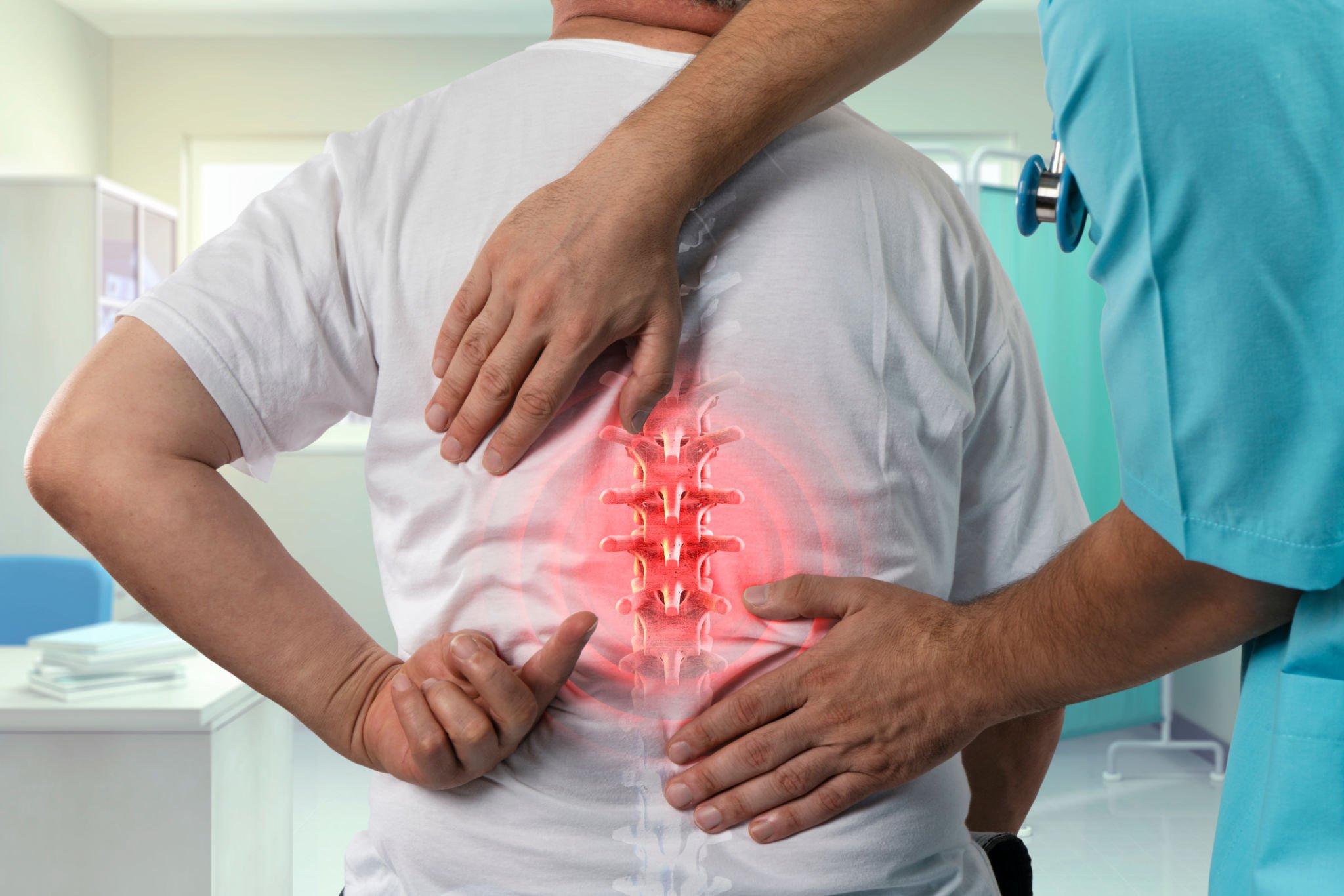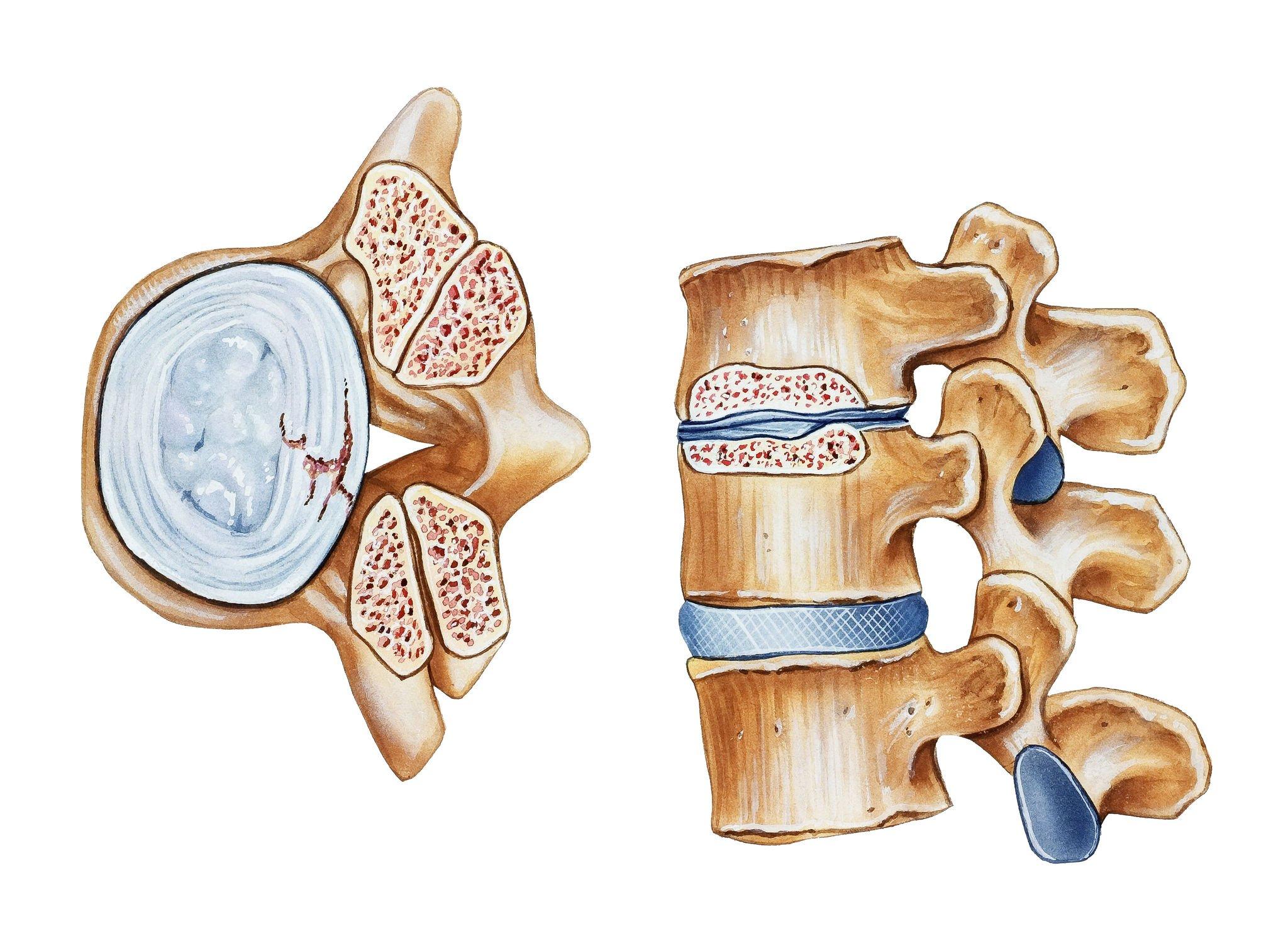Bringing clarity to your spinal health!
Are you tired of receiving confusing spinal imaging reports that are difficult to understand? Do you want to know what your doctor is talking about when they discuss your MRI or CT scan results? Our service is here to help!
Location
ClearSpine 3851 Piper St. U464 Anchorage, AK 99508
For More Information
About Us
WHO WE ARE
To overcome these challenges, patients can take steps to better understand their spine imaging reports. ClearSpine offers a comprehensive and easy-to-understand interpretation of your spinal imaging reports. Our team of medical professionals will go through your report line by line, explaining each term and condition in simple, common English.
Our goal is to empower you with the knowledge you need to make informed decisions about your health. With our service, you can rest assured that you will understand your spinal imaging report and have the confidence to discuss your results with your doctor.
Don’t let confusing medical jargon stand in the way of your health. Contact us today to learn more about our spinal imaging report interpretation service!
Christopher Gay MD



Understanding medical reports can be challenging for many patients
Especially when it comes to reports related to spine imaging. This is because medical reports are often written in technical language that can be difficult to understand for non-medical professionals. In addition, spine imaging reports often contain complex medical terminology and detailed descriptions of the spine’s anatomy, which can be confusing to patients.
Some of the specific difficulties that patients may face when trying to understand their spine imaging reports include:
1. Technical language:
Medical reports often use technical language and medical terminology that patients may not be familiar with. For example, terms like “facet joint,” “foramen,” and “disc herniation” may not be easily understood by patients.
2. Detailed descriptions of anatomy:
Spine imaging reports often contain detailed descriptions of the spine’s anatomy, including the location and size of various structures. Patients may find it difficult to understand these descriptions and how they relate to their condition.
3. Lack of context:
Spine imaging reports may not provide enough context for patients to understand the significance of the findings. For example, a report may indicate the presence of a disc herniation, but not explain what that means in terms of the patient’s symptoms or treatment options.
4. Jargon and abbreviations:
Medical reports may contain jargon and abbreviations that are unfamiliar to patients. For example, an MRI report may refer to “T1-weighted” or “T2-weighted” images, which may not be easily understood without explanation.
Causes of Back Pain
There are many conditions that can cause back pain, and they differ in terms of the underlying causes, symptoms, and treatments. Some common conditions that cause back pain include:

Strain or sprain
This is one of the most common causes of back pain. Strain or sprain can occur due to lifting heavy objects, sudden movements, or overuse of muscles. The pain is usually localized to the affected area and may be accompanied by stiffness, swelling, and limited mobility.

Herniated disc
A herniated disc occurs when the soft center of a spinal disc pushes through a crack in the outer layer. This can cause pressure on the nerves and result in back pain, as well as numbness or tingling in the legs or arms.

Facet Osteoarthritis
This is a type of arthritis that affects the joints and can cause back pain. It is characterized by the breakdown of the cartilage that cushions the joints and can result in bone spurs and inflammation.

Sciatica
Sciatica is a condition in which the sciatic nerve, which runs from the lower back to the legs, becomes compressed or irritated. This can cause pain, numbness, and weakness in the lower back, hips, and legs.

Spinal stenosis
Spinal stenosis is a narrowing of the spinal canal that can put pressure on the nerves and cause back pain. This condition is most common in older adults and can cause pain, numbness, and weakness in the legs.

Scoliosis
Scoliosis is a condition in which the spine curves to the side. This can cause back pain, as well as uneven shoulders, hips, or rib cages.
Treatment for back pain depends on the underlying condition and may include rest, physical therapy, medication, or surgery. It is important to consult a healthcare provider for a proper diagnosis and treatment plan.
What is Medical Imaging?
Medical imaging is a non-invasive diagnostic technique that allows doctors to see inside the body. It involves the use of various technologies, including X-rays, CT scans, MRI scans, and ultrasounds, to create detailed images of the body’s internal structures.
These are the Benefits of Medical Imaging:
Early Detection of Diseases
Medical imaging can detect diseases in their early stages before they become symptomatic. This allows doctors to start treatment earlier, which can improve the chances of a positive outcome.
Accurate Diagnosis
Medical imaging can provide doctors with accurate information about the location and extent of a disease or injury. This information can help doctors make an accurate diagnosis and determine the most appropriate treatment plan.
Minimally Invasive Procedures
Medical imaging can guide minimally invasive procedures, such as biopsies or catheterizations. This can reduce the need for more invasive procedures, which can lead to shorter hospital stays and faster recovery times.
Monitoring Progress
Medical imaging can be used to monitor the progress of treatment. This can help doctors determine if a treatment is working and make adjustments as needed.
Better Patient Education
Medical imaging can help patients better understand their condition and treatment plan. Seeing images of their internal structures can help patients understand what is happening in their body and why certain treatments are necessary.
In conclusion, medical imaging is an essential tool in modern medicine that offers numerous benefits to patients. It can aid in the early detection and accurate diagnosis of diseases, guide minimally invasive procedures, monitor treatment progress, and provide better patient education. If your doctor recommends medical imaging, it is important to follow their advice and get the imaging done as soon as possible to ensure the best possible outcome.
Common Types of Medical Imaging
X-rays
X-rays use radiation to create images of bones and other dense structures. They are commonly used to diagnose fractures, arthritis, and other bone-related conditions.
CT Scans
T scans use X-rays and computer technology to create detailed images of internal organs, bones, and other structures. They are commonly used to diagnose conditions such as cancer, heart disease, and stroke.
MRI Scans
MRI scans use powerful magnets and radio waves to create detailed images of internal structures. They are commonly used to diagnose conditions such as brain tumors, multiple sclerosis, and joint injuries.
Ultrasounds
Ultrasounds use high-frequency sound waves to create images of internal structures. They are commonly used to diagnose conditions such as pregnancy, gallstones, and heart disease. Ultrasounds use high-frequency sound waves to create images of internal structures. They are commonly used to diagnose conditions such as pregnancy, gallstones, and heart disease.
Latest Blog & Articles
What is spinal stenosis?
Spinal stenosis is a condition where the spaces within the spine become narrowed,
What is a lumbar strain?
A lumbar strain is a common injury that affects the lower back muscles
What is a herniated disk?
A herniated disk, also known as a slipped or ruptured disk, is a





